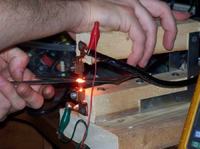
Spot welders are used in almost all plants where it is necessary to join sheets. The advantage of welding machines is the precision of joining (with very good electrical contact), and a very low voltage between the electrodes, which makes the device safe. The presented device is of course not a professional welding machine, but an amateur device to be made in one afternoon, allowing for easy welding of metal.
A transformer from a microwave oven with a wound secondary winding was used for the construction. The high-voltage winding was carefully removed with an angle grinder, taking care not to damage the core and the mains winding
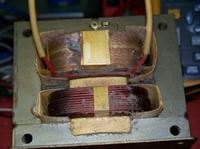
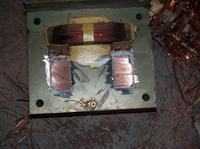
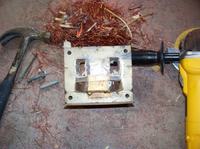
Then, 2-3 turns of a copper wire 4AWG with a cross-section of 21mm ^ 2 were wound in the vacated place. Remember to properly protect the sharp edges of the core so that they do not damage the insulation on the wires.
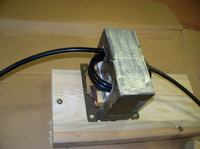
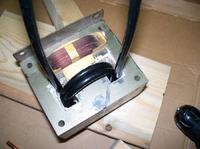
A simple wooden stand and appropriate electrodes remained to be made
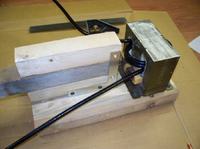
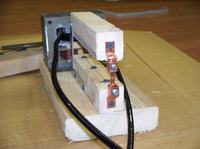
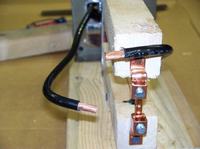
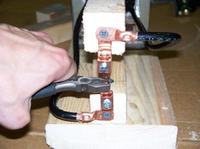
When using the welding machine, care should be taken due to the high temperature in the place of welding. Do not overheat the transformer and cables!
Source: http://hackaday.com/2009/06/23/how-to-build-your-own-spot-welder
Cool? Ranking DIY





